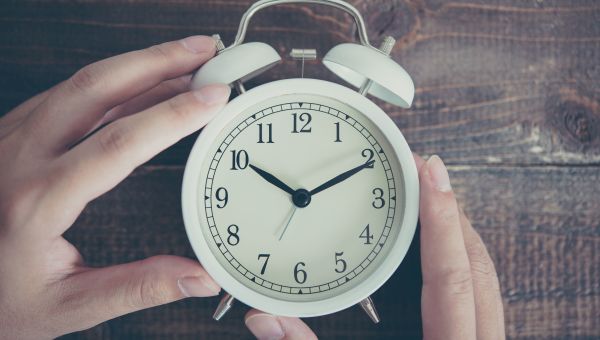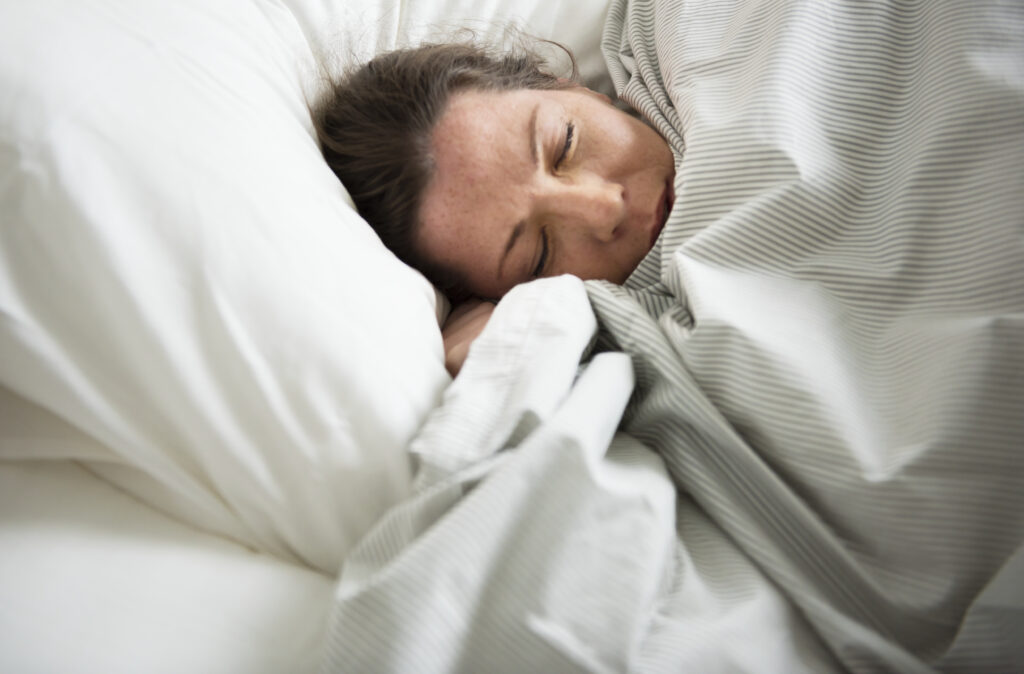Top 5 Ways to get sleep cycle back on track
Let’s be honest, the past few months have been disruptive to everyone’s schedule. Between college closures, working from home, and canceled events, our daily group has become very mindful of our nightly routine.
If you’re getting up late and falling asleep during the day, it’s time to rearrange your schedule. It’s also important to get a good night’s sleep after returning to work.
Is it time to fix your unhealthy sleep schedule? Here’s how…Here are some ways to get back to a normal sleep pattern for you and your loved ones.
Table of Contents
Set a bedtime

Here’s how to mathematically determine your optimal bedtime. A typical sleep cycle lasts about 90 minutes, and it is thought that 5 sleep cycles are needed to get adequate rest. 90 x 5 equals 450 minutes. Divide that number by 60 and you get 7.5 hours. At this level, you can rely on your preferred wake-up time to tell you what time you should go to bed. If this is too difficult, do the math before you go to bed.
Once you get used to the new schedule, you may need to adjust your bedtime to balance evening rest with morning preparation.
Set realistic expectations

If you are too attached to a set bedtime or worry about not being able to fall asleep, your approach can become problematic. Avoid sticking to a set time, as this may not be productive if you are under a lot of stress or anxiety.
If you are having trouble getting back into a daily sleep pattern, try setting realistic expectations for yourself. This will help you strategize how to transition into a calmer environment and prepare for personal growth. You can do this by setting simple goals related to quality rest that you set for yourself.
Make small changes

When you have time, try to reach your sleep goal a little at a time. Moving your daily bedtime to 10 or 25 hours will help you make the transition smoothly.
If you can’t get to sleep early enough, don’t go to bed in the morning worrying about what will happen when the alarm goes off. Lie down on the mattress for 20 minutes, then get up and flip through a reference book or do some non-stressful exercise, then come back to it when you are sleepy. This type of stimulus control is really helpful for people with insomnia.
Relax your mind

Before you can relax your body, you need to actively work on relaxing your mind. Take time to calm your mind to relieve the confusion of thoughts that many insomniacs face. It is recommended that you calm your mind at least 60 minutes before going to sleep.
First, turn off the news late at night and avoid exposure to other stimulants. Stay away from computers, work responsibilities, emails and boring conversations. And make a habit of not using screens before bedtime. Blue light and stimulation from TV and mobile devices can disrupt a healthy sleep cycle. So it’s best to modify your behavior by studying, listening to soothing music or relaxing podcasts.
Create a sleep-friendly environment

Due to social isolation and the injunction to stay at home, we are spending more and more time in our private homes. Nowadays, we have started to use our bedrooms for more than just sleeping. Some people use it as a workspace for remote work. Others have turned it into a quiet place where their kids can take online classes.
But now that we want to get back to a healthy lifestyle, we need to make sure we have a bed to sleep in and create an environment that promotes sleep hygiene. This means that your home should be cool, quiet, dark and surrounded by comfortable bedding. For example, some people find that a weighted blanket helps them sleep better.
How long it take to change sleep schedule?
It takes time to get used to going to bed earlier and waking up earlier. With gradual adjustments, you should be well rested when your alarm goes off in 10 days to two weeks. Consistency is the key to success. The sooner you stick to your plan, the sooner you can resume your observations. And once you’ve reached your target bedtime, you need to stick with it. Try to choose the same bedtime and wake-up time each day and don’t go back to your bedtime routine.
You may like also:




